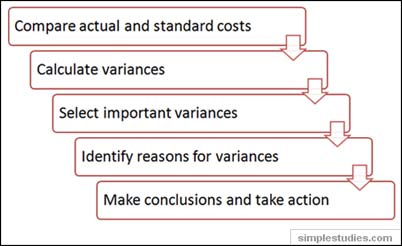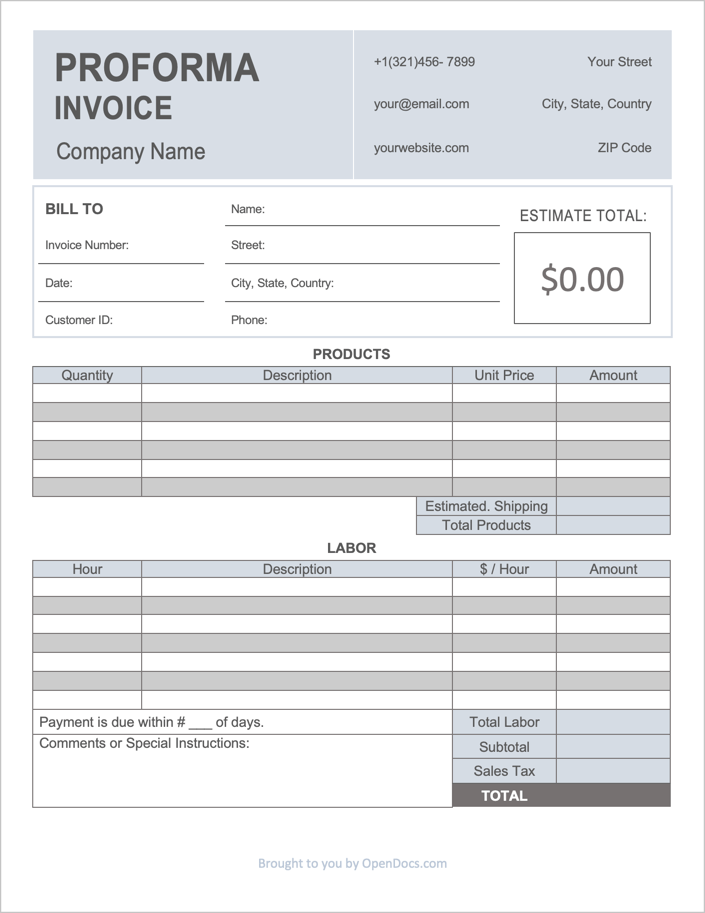
If you invest in a mutual fund, the assets held by that mutual fund are marked to market at the end of every trading day. This is known as the mutual fund’s net asset value, and it’s the price you’ll pay for shares or receive when redeeming shares. Note that mutual funds’ prices do not fluctuate during the trading day, and purchases and redemptions happen only at the end of the day after the funds assets are marked to market. The hierarchy ranks the quality and reliability of information used to determine fair values, with level 1 inputs being the most reliable and level 3 inputs being the least reliable.

A standard model of intermediation is extended by adding an insurance sector. The two sectors face risks that are not perfectly correlated so there is scope for diversification. Even when there is not contagion, we show that mark-to-market rules may cause banks to distort their portfolio and contract choices to ensure they remain solvent. While MTM accounting is important and widely used, it also has some potential drawbacks. For example, MTM can lead to volatility by forcing companies to report unrealized losses, even if they do not actually intend to sell them. Such disclosures, facilitated by MTM accounting, help investors make informed decisions and maintain confidence in the integrity of financial markets.
Got a trading idea? Try it now.
Additionally, marketable securities would need to be decreased by the amount of the loss. If you are interested on MTM accounting, take a look at our page on margin call. Thus, FAS 157 applies in the cases above where a company is required or elects to record an asset or liability at fair value. Similarly, if the stock decreases to $3, the mark-to-market value is $30 and the investor has an unrealized loss of $10 on the original investment. Fair value accounting has several advantages, but there are some disadvantages to consider as well.
Form 6-K WESTPAC BANKING CORP For: Aug 21 – StreetInsider.com
Form 6-K WESTPAC BANKING CORP For: Aug 21.
Posted: Mon, 21 Aug 2023 11:16:39 GMT [source]
First, banks raised the values of their mortgage-backed securities (MBS) as housing costs skyrocketed. They then scrambled to increase the number of loans they made to maintain the balance between assets and liabilities. In their desperation to sell more mortgages, they eased up on credit requirements. We have shown that if there is mark-to-market accounting there can be distortions and contagion that causes banks to be liquidated unnecessarily. The problem is that in illiquid markets in times of crisis asset prices may be low to provide incentives to provide liquidity rather than a reflection of future payoffs. In such cases other methods for pricing the assets such as historic cost may be preferable.
Understanding Mark to Market (MTM)
If a lender makes a loan, it ought to account for the possibility that the borrower will default. Therefore, a contra asset marked as an allowance for bad debt can ensure the balance sheet is marked to market. If at the end of the day, the futures contract entered into goes down in value, the long margin account will be decreased and the short margin account increased to reflect the change in the value of the derivative.
- In the latter method, however, the asset’s value is based on the amount that it may be exchanged for in the prevailing market conditions.
- However, if they are available for sale or held for sale, they are required to be recorded at fair value or the lower of cost or fair value, respectively.
- It is a forward-looking approach and thus is preferred widely by investors especially in the field of futures trading.
- For other types of assets, such as loan receivables and debt securities, it depends on whether the assets are held for trading (active buying and selling) or for investment.
Futures contracts involve two parties, the bullish (long trader) and the bearish (short trader), if a decline in value occurs, the long account will be debited while the short account credited due to the change in value. This means that the trader with a short position in Mark to market accounting the future contact tends to benefit more from a fall in the value of the contract than the trader with a long position. However, daily mark to market settlements in future contracts continue until either of the parties closed his position and goes into a long contract.
What Is Mark to Market (MTM)?
For example, the insurance for a homeowner often includes the value of their home in the event that they will need to rebuild their home. The new price is different from the historical cost of the home or the original price paid for the property. In marking-to-market a derivatives account, at pre-determined periodic intervals, each counterparty exchanges the change in the market value of their account in cash. For Over-The-Counter (OTC) derivatives, when one counterparty defaults, the sequence of events that follows is governed by an ISDA contract. When using models to compute the ongoing exposure, FAS 157 requires that the entity consider the default risk (“nonperformance risk”) of the counterparty and make a necessary adjustment to its computations.
Other papers analyze the implications of mark-to-market accounting from a variety of perspectives. O’Hara (1993) focuses on the effects of market value accounting on loan maturity, and finds that this accounting system increases the interest rates for long-maturity loans, thus inducing a shift to shorter-term loans. In turn this reduces the liquidity creation function of banks and exposes borrowers to “excessive” liquidation. In a similar vein, Burkhardt and Strausz (2006) suggest that market value accounting reduces asymmetric information, thus increasing liquidity and intensifying risk-shifting problems. Finally, Freixas and Tsomocos (2004) show that market value accounting worsens the role of banks as institutions smoothing intertemporal shocks. Differently, our paper focuses on liquidity pricing to show that an undesirable aspect of market value accounting is that it can lead to contagion.
Credit risk transfer and contagion
It incorporates the probability that the asset isn’t worth its original value. For a home mortgage, an accountant would look at the borrower’s credit score. If the score is low, there’s a higher chance the mortgage won’t be repaid.
However, some countries are permitted to value the short term investment on a mark to market basis, which is a fair valuation. Mark to Market (MTM) is an accounting method used to measure the current value of assets or liabilities. As the historical cost principle of accounting values assets based on the original price it was purchased, using mark to market provides a more accurate picture of what a company’s assets are worth today. Plantin et al. (2004) show that, while a historic cost regime can lead to some inefficiencies, mark-to-market pricing can lead to increased price volatility and suboptimal real decisions due to feedback effects. Their analysis suggests the problems with mark-to-market accounting are particularly severe when claims are long-lived, illiquid, and senior.
The trader who holds the long position in the futures contract is usually bullish, while the trader shorting the contract is considered bearish. In historical cost, depreciation gets calculated on historical cost whereas in mark to market depreciation is calculated on the fair value. Historical cost is nothing but the original transaction price and thus easy to identify whereas mark to market cost needs some understanding and calculation to identify the fair value. Historical cost measures the valuation of the original cost of the asset whereas mark to market cost, on the other hand, measures the existing market value of the asset.
FAS 157 only applies when another accounting rule requires or permits a fair value measure for that item. While FAS 157 does not introduce any new requirements mandating the use of fair value, the definition as outlined does introduce certain important differences.
Will the Fed take the medicine one of its presidents prescribes for other banks? – The Hill
Will the Fed take the medicine one of its presidents prescribes for other banks?.
Posted: Wed, 26 Jul 2023 07:00:00 GMT [source]
When oil prices dropped in 1986, the property held by Texas savings and loans also fell. That made it seem the banks were in better financial shape than they were. A controller must estimate what the value would be if the asset could be sold.
Marking to Market
If interest rates rise following that investment decision, the value of those bonds will decline. If those assets are marked to market each quarter, the company will show a value that’s less than what it originally invested. If interest rates fall, the value will go up, and the company can show an increase in asset value. These assets are debt or equity investments that are purchased by investors who intend to sell them for short-term gain. Another instance in which a company may use mark to market accounting is when a company offers its customers discounts in an attempt to speed up collections of accounts receivables.

A bank intending to hold a Treasury bond or other debt with extremely low default risk until maturity may not mark to market the value of that security. If the market price is lower than face value, it may indicate the bank doesn’t have enough assets to cover its deposits. But if it simply holds those securities to maturity, it’ll be able to pay out all depositors. In boom times, mark to market accounting could artificially inflate balance sheets.
Therefore, the amount of funds available is more than the value of cash (or equivalents). The credit is provided by charging a rate of interest and requiring a certain amount of collateral, in a similar way that banks provide loans. Even though the value of securities (stocks or other financial instruments such as options) fluctuates in the market, the value of accounts is not computed in real time. The latter cannot be marked down indefinitely, or at some point, can create incentives for company insiders to buy them from the company at the under-valued prices.

